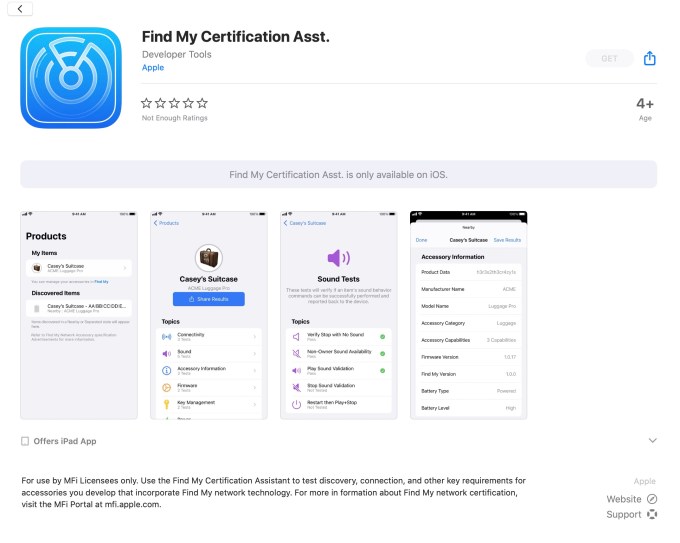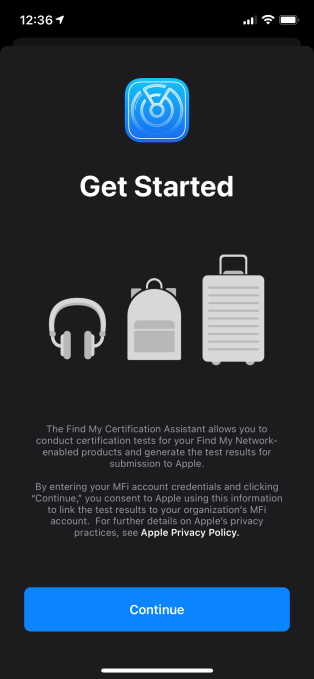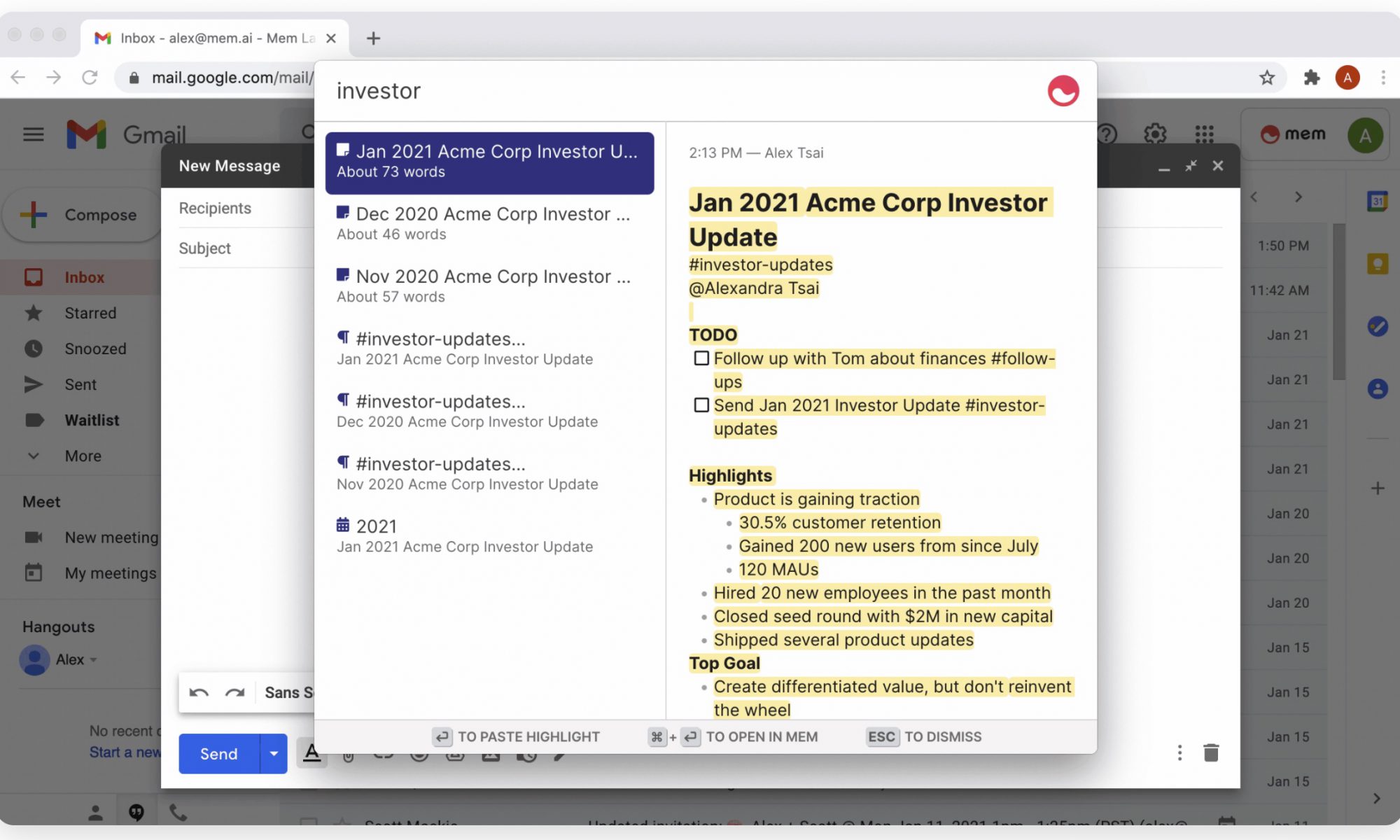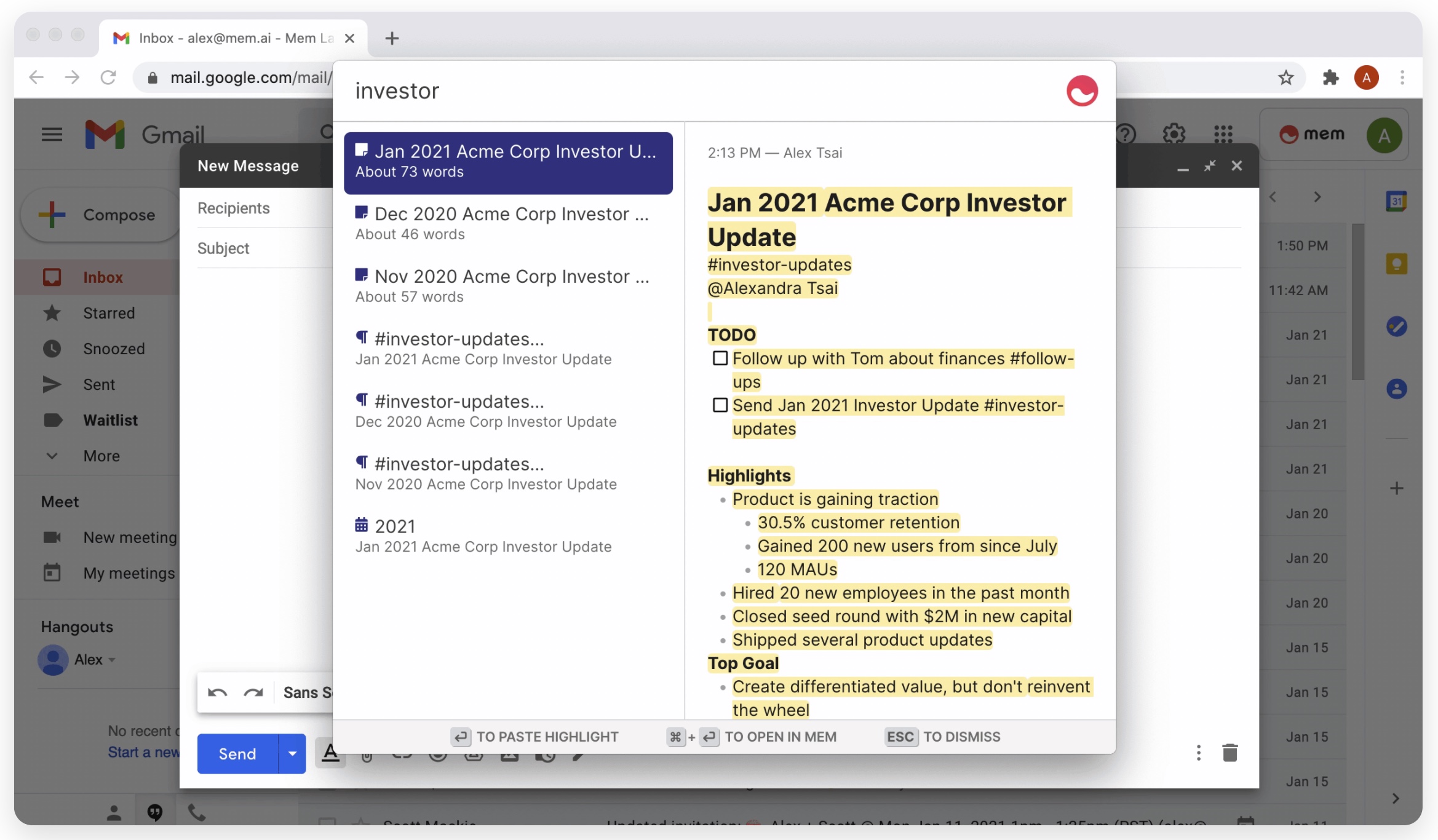Healthcare insurance, if you’re lucky to have it, only covers a subset of conditions in the United States. As a result, patients can often get burdened with horror story charges, like huge deductibles, out-of-network costs and expensive co-pays. So for the uninsured and insured alike, innovative ways of managing big bills are in high demand — especially as uncertainty remains around how COVID-19 and long-haul symptoms will be handled by patients and payers.
Walnut, founded by Roshan Patel, is a point-of-sale lending company with a healthcare twist. Walnut uses a “buy now, pay later” model, popularized by Affirm and Klarna, to help patients pay for healthcare over a period of time, instead of in one $3,000 chunk. Walnut works with healthcare providers so that a patient’s bill can be paid back through $100-a-month increments for 30 months, instead of one aggressive credit card swipe.

A patient using Walnut to pay healthcare bills. Image Credits: Walnut
It’s a sweet deal, but Patel added one more detail that he thinks makes Walnut stand out: The startup doesn’t charge any interest or fees to consumers.
“Almost every ‘buy now, pay later’ company in e-commerce charges interest or fees, and every personal loan provider charges interest or fees, but we do not,” he said. “And that’s really important to me, not making healthcare any more expensive than it already is. It’s a very patient-friendly product.”
Companies that use the buy now, pay later model with zero interest or fees need to make revenue somehow, and in Walnut’s case it is by charging healthcare providers a percentage of each sale or transaction.
If a provider’s collection rate for an out-of-pocket is 50%, Walnut would go to them and say “give us a 40% discount, and we’ll guarantee the cash for you upfront.” The startup will take the risk, and then the provider is able to make 60% of the collection rate.
Now, ideally, a provider would want to get 100% of payments they are owed, but that is wishful thinking. Patel explained that a large number of bills go unpaid due to bankruptcies or a default on payments (the average collections rate for hospitals out of pocket is less than 20%). Because of this, a company like Walnut has room to offer at least some stable upfront cash to hospitals, even if it ends up being 60% of overall bills versus 100%.
The company uses “extensive underwriting models” to figure out if a patient should qualify for a loan. Patel says that the startup goes beyond using credit score, which he describes as an “outdated metric”, and instead looks at thousands of data points from different providers, from side hustle income to spending habits on things like groceries and bills.

Image Credits: Lightspring (opens in a new window) / Shutterstock (opens in a new window)
Walnut’s biggest challenge, says Patel, is to underwrite the population and pay the healthcare provider upfront in cash. It then collects from the patient on the back end, which comes with its own amount of risk.
“To be able to take on that risk for patients that are less credit-worthy is a very challenging problem, and I don’t think it’s really solved yet in healthcare,” he said.
The startup is starting by working with small private practices of one to five physicians that focus on specialties like dentistry, dermatology and fertility.
A big part of Walnut’s success will be determined by if it can attract people that truly need flexible financing options. For example, the company doesn’t have any hospitals as a partner yet, which would tap a larger group of patients that likely need flexible financing options the most. Right now, “the people who get elective-care surgery are the ones that can afford it.”
But Patel doesn’t see this as a disconnect; instead, he sees it as an opportunity to widen access to elective medical care to more people.
“I talked to a person last week who has no teeth and wants dentures but it costs $6,000,” he said. “That person should be able to afford it, and we enabled them to pay $100 a month for it.”
Walnut’s two biggest customer groups are the uninsured (people who have lost their jobs from COVID-19), and consumers who have high deductible plans.
Walnut isn’t the first. PrimaHealth Credit, Walnut’s closest competitor, offers point-of-sale lending procedures for elective medical procedures. Think surgeries like cataract work or dental work. The company said the service is currently available in Arizona, California, Florida, Oklahoma and Texas, and will be expanded to all 50 states this year. Walnut, comparatively, is mostly focused on the East Coast and plans to expand nationwide by the end of this year.
PrimaHealth’s average loan size is $1,800, and Walnut’s average loan size is $5,000.
The company is currently piloting with a handful of healthcare providers in dermatology, dentistry and fertility. It has had more than 500 patient loan applications, totaling over $4.6 million in application volume year-to-date. Patel says that Walnut only accepted a fraction of these applications, but declined to share what percent of money it has lent so far. As Walnut refines its model, it might be able to cover other categories.
Up until this point, Walnut has been lending off of its own balance sheet. In order to truly scale, it will need to get a new source of capital — either a credit line, debt financing round or venture capital — to offer more loans. Patel says that the startup is in talks with banks, and turned down a debt offer due to size and rate.
Venture capital seems to be the solution for now: The startup announced that it has raised a $3.6 million seed round from investors including Gradient Ventures, Afore Capital, 2048 Ventures, Supernode Ventures, TA Ventures, Polymath Capital, Tack Ventures, Awesome People Ventures, Newark Ventures and NKM Capital. Angels include the CEOs of Giphy and PillPack, and the CTO of Rampm Financial as well as an NFL coach. The company is also a part of Plaid’s inaugural accelerator.
“I don’t want to be yet another startup trying to offer you an undifferentiated insurance plan,” Patel said.
Source: Tech Crunch






